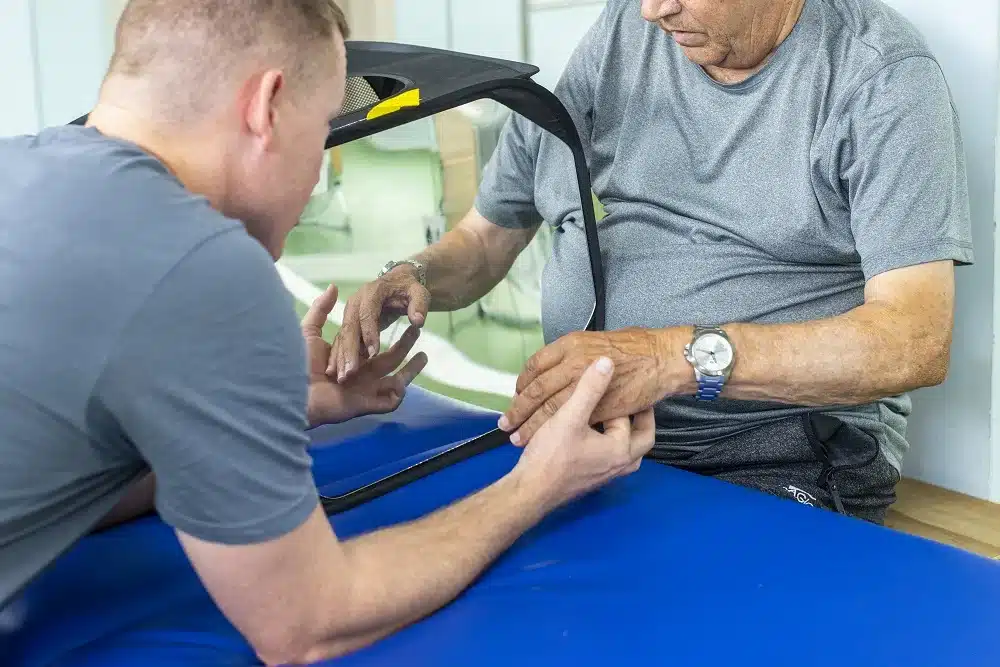Vestibular rehabilitation is a therapeutic approach used to treat balance disorders, especially those related to the vestibular system of the inner ear.
The main goal of vestibular rehabilitation is to help the patient regain their balance and normal vestibular function through a combination of specific exercises and techniques.
Habituation and vestibular adaptation exercises
These exercises are designed to help the patient habituate to movements that trigger vestibular symptoms, such as dizziness or vertigo. Repetitive head and body movements can be performed to assist the vestibular system in adapting and reducing dizziness response.
Visual stabilization exercises
These exercises focus on improving the patient’s ability to maintain visual stability during head movements. This may include visual tracking exercises and fixing gaze on a point while moving the head.
Balance and proprioception exercises
These exercises are designed to improve the patient’s ability to maintain balance and posture. They may include single-leg balance exercises, walking in a straight line or on uneven surfaces, and exercises to improve body awareness and proprioception.
Vestibular re-education therapy
This approach involves a series of exercises and maneuvers designed to help the vestibular system regain its normal function. This may include head movement exercises, such as eye movement in the opposite direction to head movement (VOR exercises), and specific maneuvers such as the Epley maneuver for benign paroxysmal positional vertigo (BPPV).
Oculomotor coordination training
This type of training focuses on improving coordination between eye movements and body movements. This may include exercises to improve eye convergence and divergence, as well as coordination between vision and balance.
Gradual exposure therapy
For patients experiencing anxiety related to vestibular symptoms, gradual exposure therapy can be beneficial. This approach involves gradually exposing the patient to triggers of their symptoms, such as head movements, to help them learn to manage their anxiety and reduce the sensation of dizziness or vertigo.
In summary, vestibular rehabilitation is a comprehensive and personalized approach to treating balance disorders, focusing on helping the patient regain their normal vestibular function and improve their quality of life.
With proper guidance and supervision, many patients can experience significant improvement in their symptoms and regain their ability to participate in daily activities without difficulty.
Leave us your data to start your treatment







